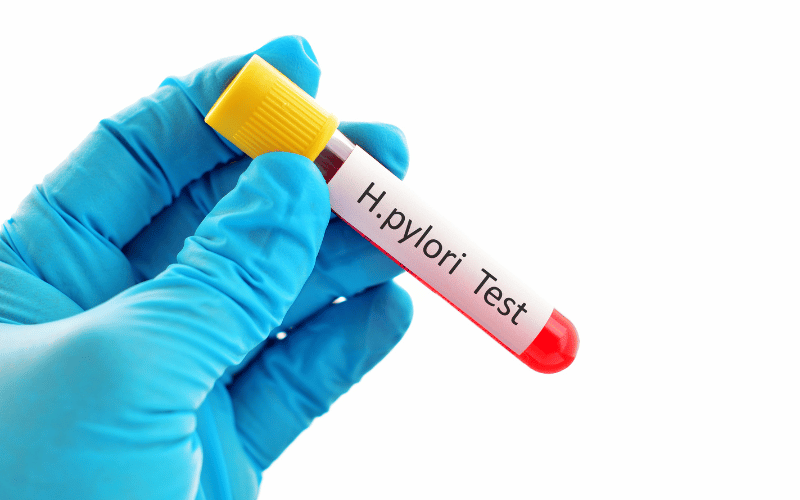Introduction: Demystifying Duodenal Ulcers

Duodenal ulcers, commonly referred to as peptic ulcers, are painful sores that manifest on the inner lining of the duodenum, the initial segment of the small intestine. The pain and discomfort stemming from these ulcers can significantly impact an individual’s quality of life.
While there’s a myriad of misinformation surrounding the root causes of these ulcers, scientific research has managed to identify the key culprits. This article seeks to shed light on the top ten causes behind the emergence of duodenal ulcers. By recognizing and understanding these triggers, one can take proactive measures to minimize the risks associated with this ailment.
The human body is an intricate system where multiple factors can influence the onset of medical conditions. Similarly, duodenal ulcers are a result of a combination of internal and external factors. Be it bacteria that make their home in our gut or certain medications that create an imbalance in our stomach’s environment, the reasons behind duodenal ulcers are diverse.
Understanding these causes is crucial because, for many, the mere presence of an ulcer isn’t the end of their woes. If left untreated or undiagnosed, duodenal ulcers can lead to complications that can be severe. By delving deep into the root causes and grasping their underlying mechanisms, we pave the path for better prevention and treatment.
Now, let’s jump into the crux of the matter and discuss the top ten causes of duodenal ulcers.
1. The Role of H. pylori Bacteria: A Gut Invader’s Tale

Helicobacter pylori, often shortened to H. pylori, is a spiral-shaped bacterium that finds solace in the acidic environment of our stomach.
H. pylori is not an alien to many stomachs. A significant chunk of the global population plays host to this bacterium, often unknowingly.
For many, its presence goes unnoticed throughout life, causing no discernible harm. But what makes it dormant in some and active in others?
Genetics, environmental factors, and the general state of an individual’s health play crucial roles. The interactions between the bacterium and its host are intricate, governed by a delicate balance.
When H. pylori is left unchecked, it takes a toll on the stomach’s and duodenum’s protective mucous layer. Over time, as this layer gets compromised, the vulnerable tissue underneath gets exposed to the harsh gastric acids.
The result? Inflammation sets in, a precursor to the painful sores we recognize as ulcers. This is not an overnight event; it’s a cumulative effect of persistent bacterial activity, gradually wearing down the body’s defenses.
There’s a silver lining, though. Recognizing the role of H. pylori in ulcer development has led to targeted treatments. A combination of antibiotics, often paired with acid suppressants, offers a potent weapon against this microbial menace. But treatment is not solely about popping pills; it’s about a comprehensive approach that may involve dietary changes and lifestyle modifications.
It’s paramount to understand that H. pylori’s mere presence doesn’t guarantee an ulcer. Many factors come into play.
How one’s immune system responds, other coexisting health conditions, dietary habits, and even stress levels can influence the bacteria’s impact. It’s a jigsaw puzzle, and understanding each piece helps in painting the bigger picture of duodenal ulcers and their relationship with H. pylori. (1)